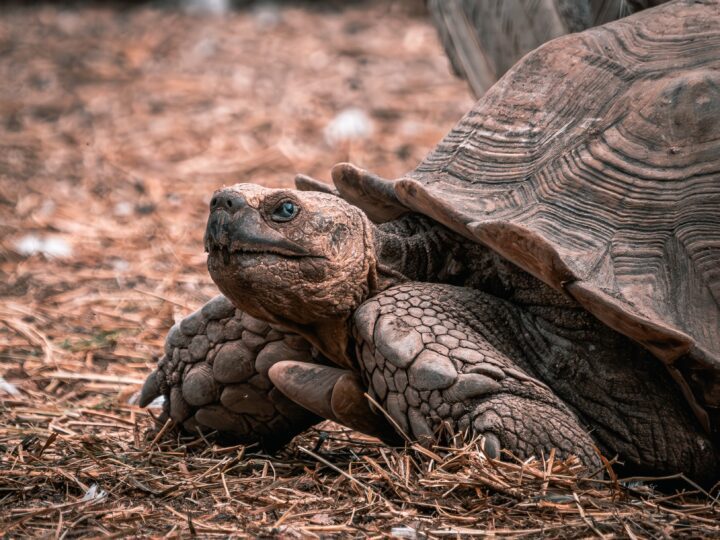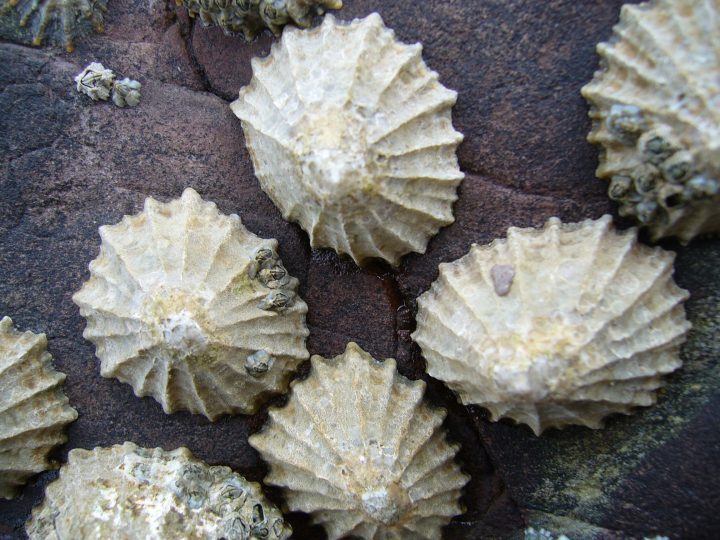Cup-shaped nests of song thrush are lined with wood pulp because it hardens into a protective, cardboard-like material.
Physically Assemble Structure
Living systems use physical materials to create structures to serve as protection, insulation, and other purposes. These structures can be internal (within or attached to the system itself), such as cell membranes, shells, and fur. They can also be external (detached), such as nests, burrows, cocoons, or webs. Because physical materials are limited and the energy required to gather and create new structures is costly, living systems must use both conservatively. Therefore, they optimize the structures’ size, weight, and density. For example, weaver birds use two types of vegetation to create their nests: strong, a few stiff fibers and numerous thin fibers. Combined, they make a strong, yet flexible, nest. An example of an internal structure is a bird’s bone. The bone is comprised of a mineral matrix assembled to create strong cross-supports and a tubular outer surface filled with air to minimize weight.

Birds
Class Aves (“bird”): Eagles, hawks, sparrows, parrots
Birds are evolutionary engineering marvels. They are descended from dinosaurs, but are far from our idea of heavy, scaly reptiles. Of the specific adaptions that set them apart, most notable is flight—although some mammals can fly, birds take the prize for abundance in the skies. Many birds have hollow, lightweight skeletons and specially-designed wings to help them stay aloft. They also have feathers made of keratin that help them stay warm, attract mates, and improve navigation and aerodynamics in flight. In contrast to their dinosaur ancestors, they lack true teeth and have replaced them with specialized beaks and bills.




